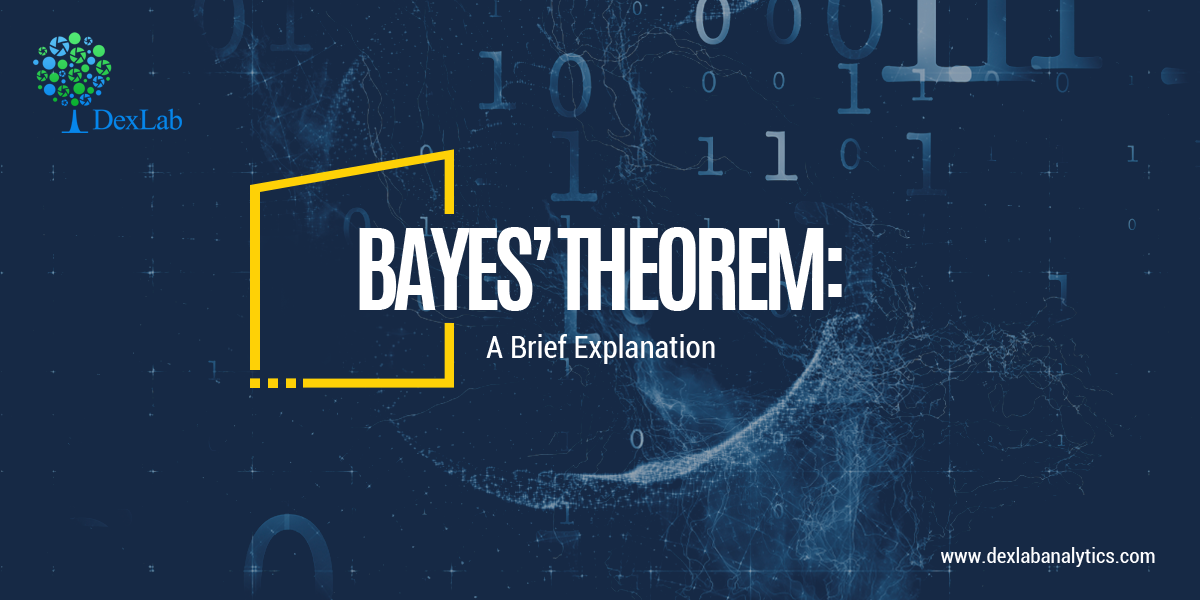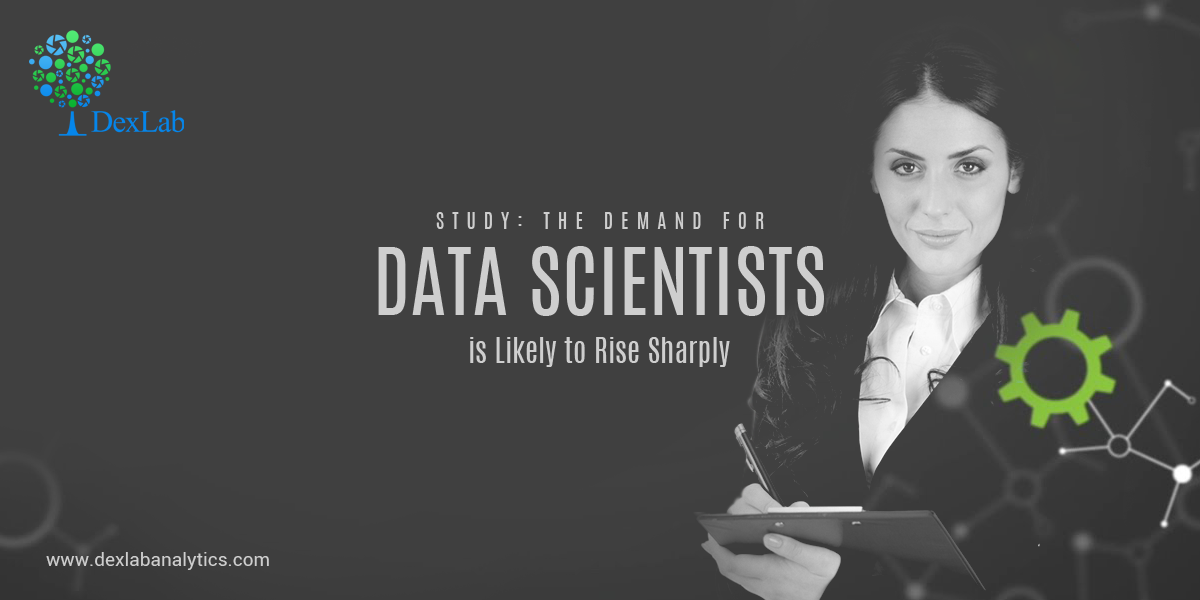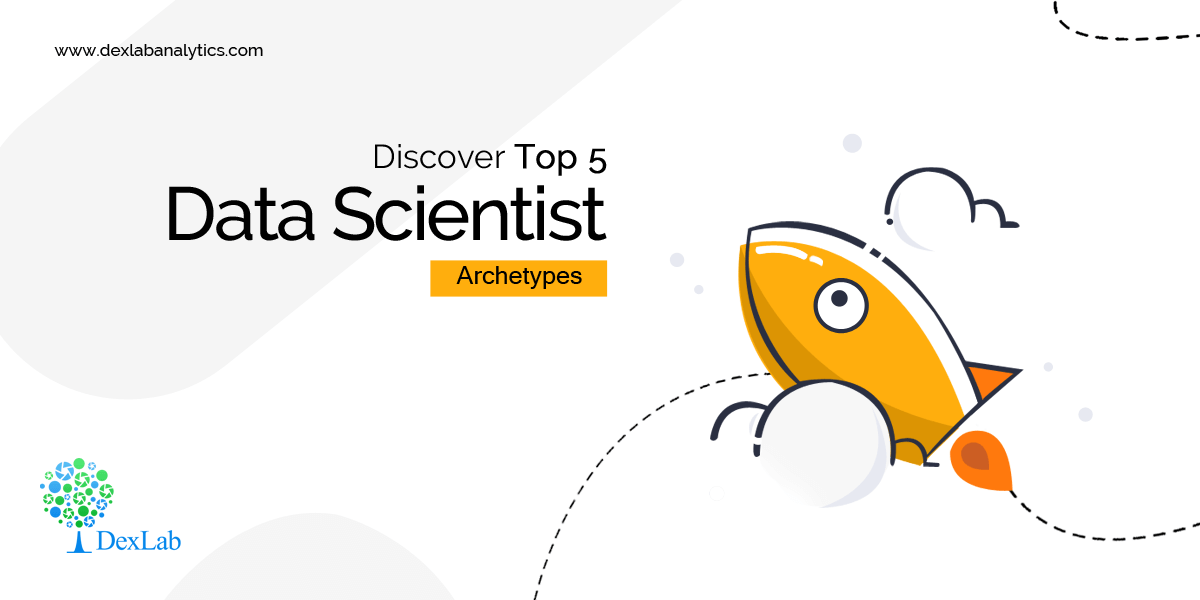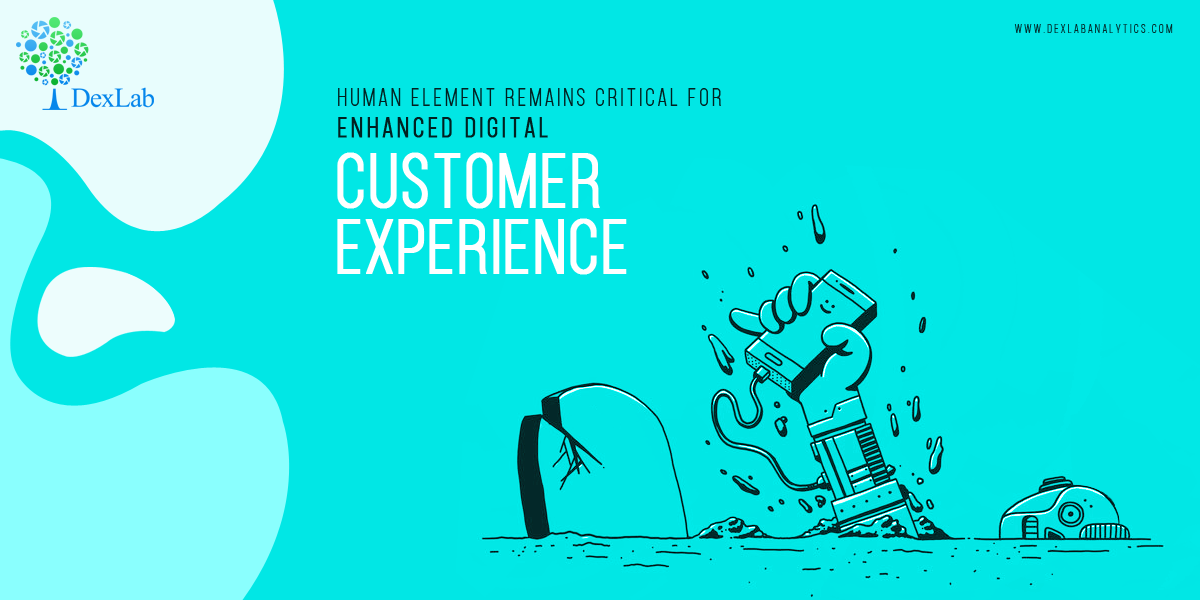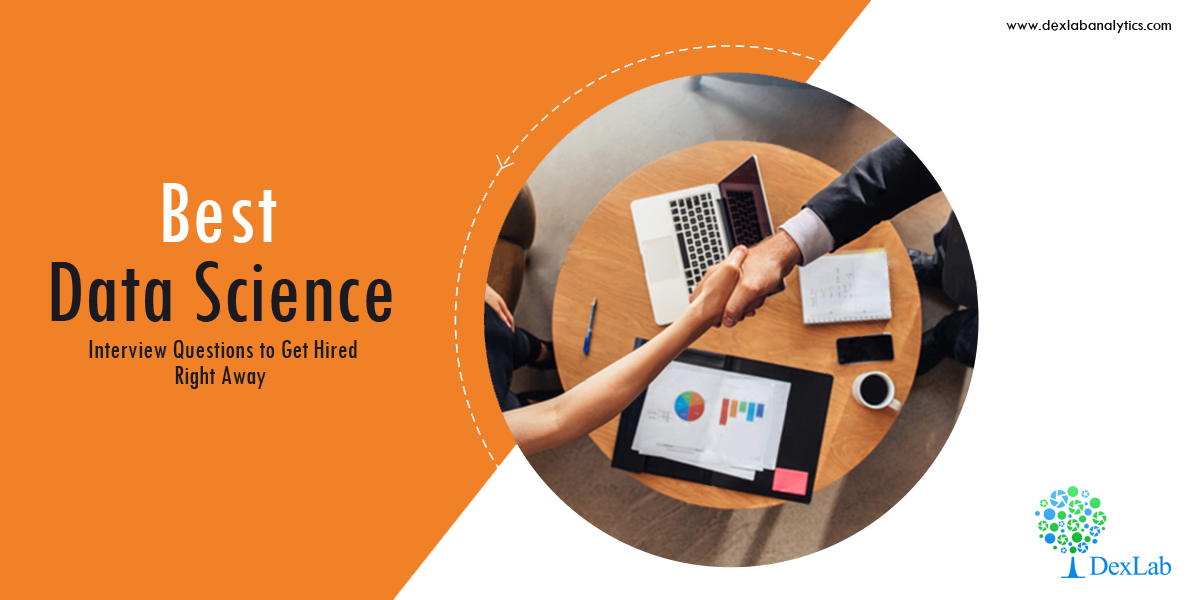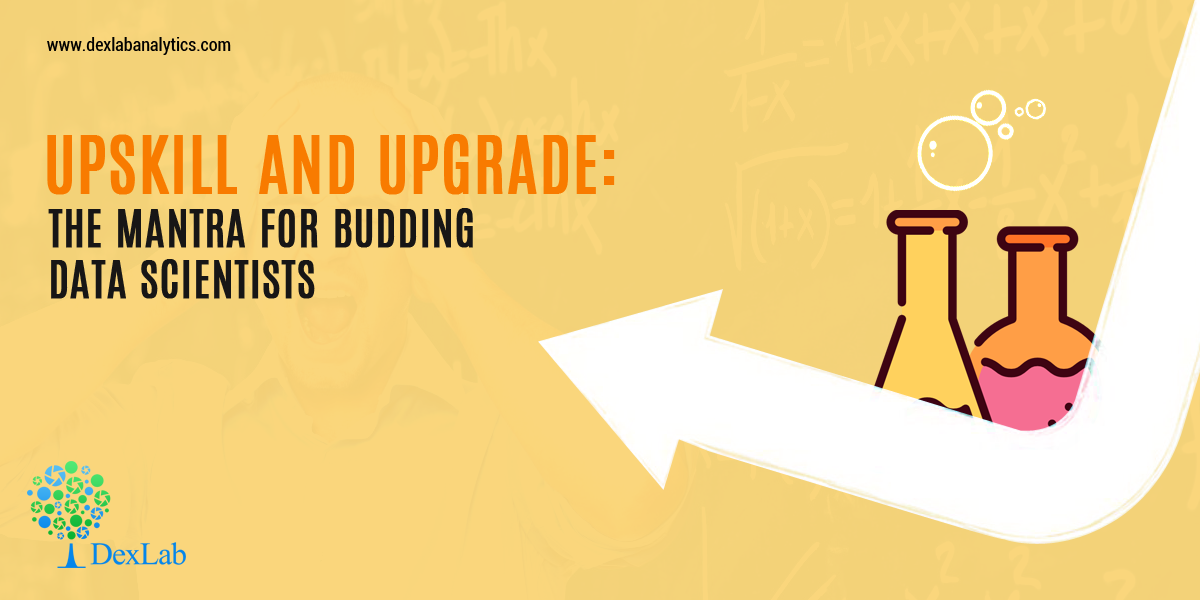
Have the right skills? Then the hottest jobs of the millennium might be waiting for you! The job profiles of data analysts, data scientists, data managers and statisticians harbour great potentials.
However, the biggest challenge in today’s age lies in preparing novice graduates for Industry 4.0 jobs. Although no one has yet cleared which roles will cease to exist and which new roles will be created, the consultants have started advising students to imbibe necessary skills and up-skill in domains that are likely to influence and carve the future jobs. Becoming adaptive is the best way to sail high in the looming technology-dominated future.
Data Science and Future
In this context, data science has proved to be one of the most promising fields of technology and science that exhibits a wide gap between demand and supply yet an absolute imperative across disciplines. “Today there is no shortage of data or computing abilities but there is a shortage of workforce equipped with the right skill set that can interpret data and get valuable insights,” revealed James Abdey, assistant professorial lecturer Statistics, London School of Economics and Political Science (LSE).
He further added that data science is a multidisciplinary field – drawing collectives from Economics, Mathematics, Finance, Statistics and more.
As a matter of fact, anyone, who has the right skill and expertise, can become a data scientist. The required skills are analytical thinking, problem-solving and decision-making aptitude. “As everything becomes data-driven, acquiring analytical and statistical skill sets will soon be imperative for all students, including those pursuing Social Sciences or Liberal Arts and also for professionals,” said Jitin Chadha, founder and director, Indian School of Business and Finance (ISBF).
DexLab Analytics is one of the most prominent deep learning training institutes seated in the heart of Delhi. We offer state-of-the-art in-demand skill training courses to all the interested candidates.
The Challenges Ahead
The dearth of expert training faculty and obsolete curriculum acts as major roadblocks to the success of data science training. Such hindrances cause difficulty in preparing graduates for Industry 4.0. In this regard, Chiraag Mehta from ISBF shared that by increasing international collaborations and intensifying industry-academia connect, they can formulate an effective solution and bring forth the best practices to the classrooms. “With international collaborations, higher education institutes can bring in the latest curriculum while a deeper industry-academia connect including, guest lecturers from industry players and internships will help students relate the theory to real-world applications, ” shared Mehta during an interview with Education Times.
Industry 4.0: A Brief Overview
The concept Industry 4.0 encompasses the potential of a new industrial revolution – where gathering and analyzing data across machines will become the order of the day. The rise of this new digital industrial revolution is expected to facilitate faster, more flexible and efficient processes to manufacture high-quality products at reduced costs – thus, increasing productivity, switch economies, stimulate industrial growth and reform workforce profile.
Want to know more about data science courses in Gurgaon? Feel free to reach us at DexLab Analytics.
The blog has been sourced from ― timesofindia.indiatimes.com/home/education/news/learn-to-upskill-and-be-adaptive/articleshow/68989949.cms
Interested in a career in Data Analyst?
To learn more about Data Analyst with Advanced excel course – Enrol Now.
To learn more about Data Analyst with R Course – Enrol Now.
To learn more about Big Data Course – Enrol Now.To learn more about Machine Learning Using Python and Spark – Enrol Now.
To learn more about Data Analyst with SAS Course – Enrol Now.
To learn more about Data Analyst with Apache Spark Course – Enrol Now.
To learn more about Data Analyst with Market Risk Analytics and Modelling Course – Enrol Now.

